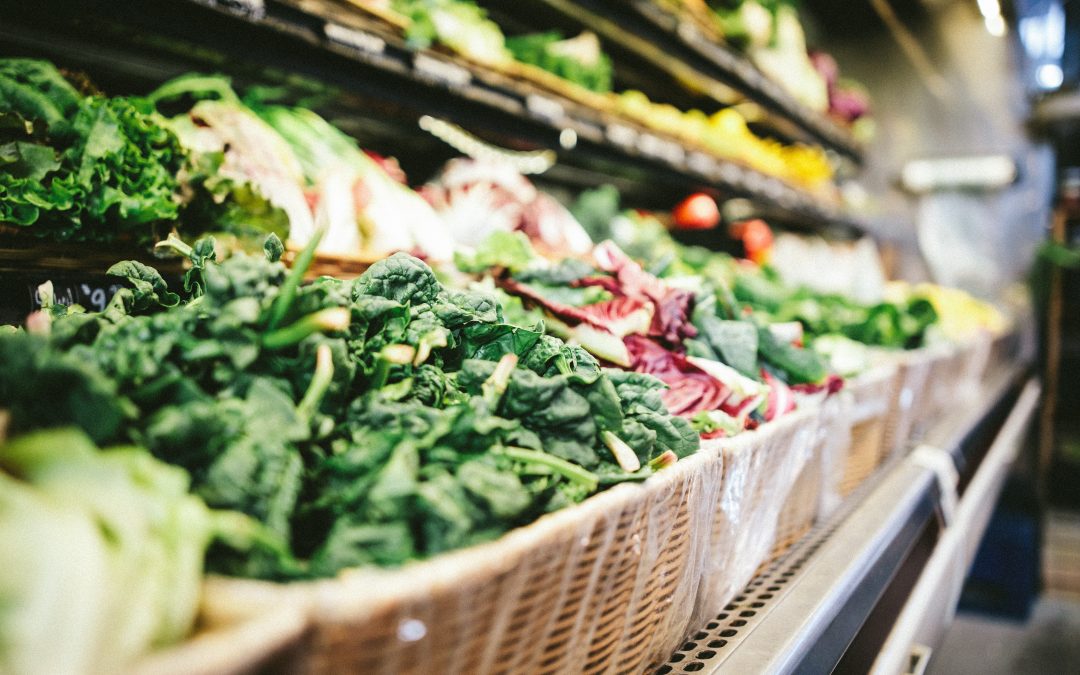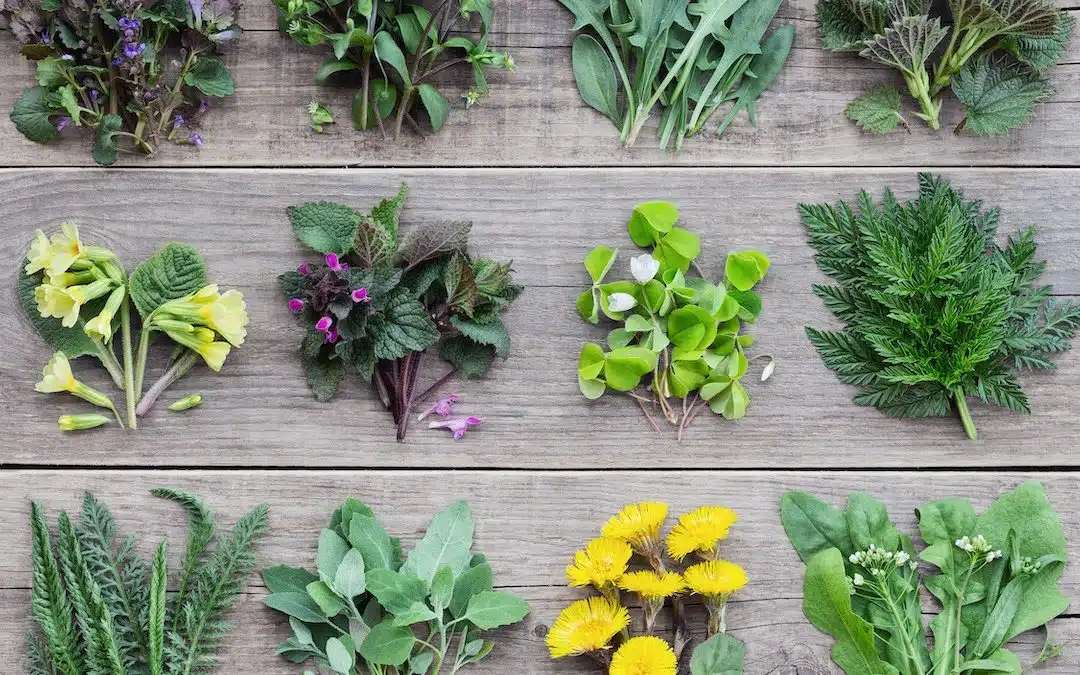How Fruits and Vegetables Support Your Gut Microbiome
Fruits and vegetables are nutritional powerhouses packed with essential vitamins, minerals, and dietary fiber. Beyond their well-known benefits, these vibrant foods play a profoundly important role in maintaining your gut health. Understanding how colorful produce enhances your microbiome is a step toward overall wellness and vitality.
The Gut-Fruit-Veggie Connection
Your digestive system is a complex ecosystem, home to trillions of microorganisms, including bacteria, fungi, and other tiny life forms. This intricate community is collectively known as your gut microbiome. A diverse and flourishing microbiome is fundamental for efficient digestion, a robust immune system, and even impacts your mental well-being.
Fruits and vegetables act as premium nourishment for these beneficial gut inhabitants. The abundant fiber and various valuable nutrients found in produce serve to feed beneficial bacteria, helping them thrive and multiply. Eating fruits and vegetables directly supports this internal garden, promoting a balanced gut environment.
A diet rich in varied plant foods contributes to a more diverse microbiome. Greater microbial diversity is generally associated with better health outcomes and resilience against digestive disturbances. Vegetables provide an array of compounds that less diverse diets might lack.
Fiber: The Gut’s Best Friend
Dietary fiber is a critical component for gut health, significantly impacting how your digestive system functions. It primarily exists in two forms: soluble and insoluble fiber. Both types are vital for your microbiome and overall digestive health.
Soluble fiber dissolves in water, creating a gel-like substance in your gut. This process can slow down digestion, which helps with nutrient absorption and can contribute to a feeling of fullness, aiding in healthy weight management. Good sources include:
- Oats
- Apples
- Citrus fruits
- Carrots
- Beans (kidney beans and black beans)
Insoluble fiber does not dissolve in water. It adds bulk to your stool, facilitating smoother and more regular bowel movements, helping to prevent constipation. Excellent sources include:
- Whole grains
- Nuts
- Seeds
- Fruit and vegetable skins (such as sweet potatoes and brussels sprouts)
Fruits and vegetables are generously supplied with both fiber types. This powerful combination works synergistically to keep your digestive tract functioning smoothly and your gut bacteria well-nourished. A consistent fiber intake from these sources is essential for long-term digestive wellness.
Prebiotic Power
Certain plant fibers function as prebiotics. These are non-digestible compounds that act as a food source specifically for beneficial gut bacteria, such as Bifidobacteria and Lactobacilli. When you consume foods rich in prebiotics, you directly nourish and stimulate the growth and activity of these helpful microorganisms in your colon.
Several fruits and vegetables are excellent prebiotic sources:
- Bananas (especially when slightly green)
- Onions, a common base for many savory dishes
- Garlic, known for its pungent flavor and health properties
- Leeks, which offer a milder onion-like taste
- Asparagus, a springtime favorite
- Jerusalem artichokes (sunchokes)
- Chicory root, often used as a coffee substitute or food additive
- Lima beans and fava beans
- Black-eyed peas
Incorporating these prebiotic-rich foods into your regular meals provides substantial support to your microbiome. This enhances digestive health and can lead to systemic benefits throughout your body. These foods help create an environment where beneficial bacteria can flourish.
Polyphenols: Plant Power for Your Gut
Fruits and vegetables are also abundant in polyphenols—naturally occurring plant compounds that possess strong antioxidant and anti-inflammatory properties. Beyond these direct effects, polyphenols interact with gut bacteria in ways that are highly beneficial for your health.
Gut bacteria can metabolize polyphenols into other active compounds, which can then exert positive effects both locally in the gut and systemically. Some of the top dietary sources of gut-friendly polyphenols are:
- Berries (blueberries, strawberries, raspberries)
- Citrus fruits (oranges, lemons, grapefruits)
- Dark green leafy greens (spinach, kale, collard greens)
- Cocoa (especially dark chocolate with high cocoa content)
- Green tea, a popular beverage rich in catechins
- Apples, particularly the skins
- Grapes and red wine (in moderation)
These foods not only add flavor and color to your diet but also actively support a healthy gut environment by modulating the gut microbiota composition and activity. Consuming a variety of polyphenol-rich items helps maximize these benefits.
The Rainbow Connection
You have likely encountered the advice to “eat the rainbow.” This guidance is more than just an aesthetic suggestion for your meals; it’s rooted in nutritional science. Different colored fruits and vegetables contain distinct arrays of vitamins, minerals, and phytochemicals, each offering unique benefits for your gut and overall health, including helping to reduce risk of various ailments.
By ensuring your diet includes a wide spectrum of colors, you provide your gut with a diverse range of nutrients and beneficial plant compounds. This variety helps to nourish a wider array of beneficial gut microbes. Here’s a detailed look at what different colors offer:
| Color Group | Key Nutrients/Phytochemicals | Examples | Gut/Health Benefits |
| Red | Lycopene, ellagic acid, quercetin, vitamin C | Tomatoes, strawberries, watermelon, raspberries, red bell peppers, cherries, cranberries, chili peppers | Supports heart health, reduces cancer risk, antioxidant properties |
| Orange/Yellow | Beta-carotene (Vitamin A precursor), bioflavonoids, vitamin C, potassium | Carrots, sweet potatoes, oranges, lemons, mangoes, peaches, cantaloupe, pineapple, yellow bell peppers, summer squash, mamey sapote | Boosts immune function, supports eye health, promotes healthy skin |
| Green | Chlorophyll, folate, vitamin K, lutein, zeaxanthin, indoles, isothiocyanates | Spinach, kale, broccoli, brussels sprouts, green beans, asparagus, avocado, kiwi, green cabbage, bok choy, swiss chard, collard greens, mustard greens, green onions | Supports detoxification, bone health, vision; cruciferous vegetables linked to reduced cancer risk |
| Blue/Purple | Anthocyanins, resveratrol, flavonoids | Blueberries, blackberries, eggplant, purple cabbage, grapes, plums, figs, purple potatoes, asian pears (some varieties) | Powerful antioxidants, supports brain health, anti-aging properties, may improve heart health |
| White/Brown | Allicin (in garlic/onions), quercetin, glucosinolates, EGCG | Cauliflower, garlic, onions, leeks, mushrooms, parsnips, potatoes, jicama, great northern beans, garbanzo beans | Supports immune function, heart health, may have anti-cancer properties |
Aiming for this diversity ensures a broad spectrum of phytochemicals. Each type of plant compound can interact differently with your gut microbiota, promoting a robust and resilient internal ecosystem.
Conclusion
Fruits and vegetables truly are nutritional heroes, especially when considering their impact on gut health. They supply essential dietary fiber, beneficial prebiotics, and a multitude of plant compounds that nourish and support a healthy, diverse microbiome.
By making a conscious effort to include a wide variety of colorful produce—such as sweet potatoes, leafy greens, and berries—in your daily meals, you are not just feeding yourself; you are cultivating the trillions of microscopic allies within your gut.








